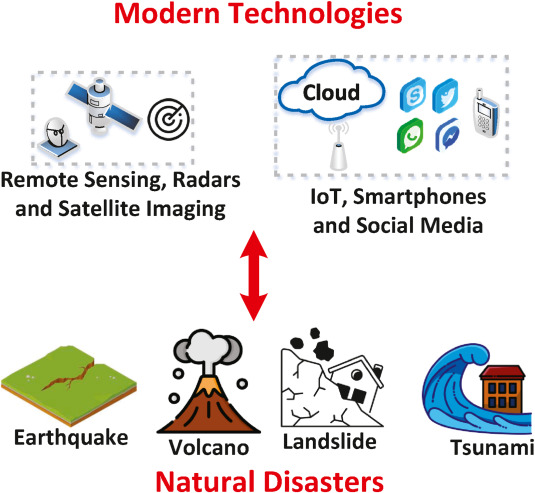Advancements in satellite technology significantly enhance global climate monitoring and disaster response by providing detailed, timely, and accurate data. Here’s how: Enhanced Climate Monitoring: High-Resolution Imaging: Modern satellites offer high-resolution images of the Earth’s surface,Read more
 Advancements in satellite technology significantly enhance global climate monitoring and disaster response by providing detailed, timely, and accurate data. Here’s how:
Advancements in satellite technology significantly enhance global climate monitoring and disaster response by providing detailed, timely, and accurate data. Here’s how:
- Enhanced Climate Monitoring:
- High-Resolution Imaging: Modern satellites offer high-resolution images of the Earth’s surface, enabling precise monitoring of environmental changes such as deforestation, urbanization, and ice melt.
- Advanced Sensors: Equipped with advanced sensors, satellites can measure critical climate variables such as sea surface temperatures, atmospheric composition, and greenhouse gas concentrations. This data helps in understanding climate patterns and predicting future changes.
- Long-Term Data Collection: Satellites provide consistent and long-term data, essential for tracking gradual climate changes and assessing the impact of global warming over time.
- Improved Disaster Response:
- Real-Time Data: Satellites offer real-time monitoring of natural disasters like hurricanes, earthquakes, floods, and wildfires. This enables rapid assessment of the situation and immediate response planning.
- Early Warning Systems: Satellite data is crucial for early warning systems that predict disasters such as tsunamis, volcanic eruptions, and severe weather events. Early warnings save lives by allowing for timely evacuations and preparations.
- Damage Assessment: Post-disaster, satellites provide detailed images and data to assess the extent of damage, aiding in efficient resource allocation and recovery efforts.
- Communication Networks: Satellites establish communication networks in disaster-stricken areas where terrestrial infrastructure may be damaged, facilitating coordination among response teams and aiding in rescue operations.
Overall, advancements in satellite technology enhance our ability to monitor climate change accurately and respond to natural disasters swiftly, ultimately improving environmental management and saving lives.

Integrating classical music into modern educational curricula can greatly benefit students' cognitive development and creativity. Listening to classical music, such as compositions by Mozart, Bach, or Beethoven, has been linked to improved concentration, memory retention, and spatial reasoning skillRead more
Integrating classical music into modern educational curricula can greatly benefit students’ cognitive development and creativity. Listening to classical music, such as compositions by Mozart, Bach, or Beethoven, has been linked to improved concentration, memory retention, and spatial reasoning skills.
In schools, teachers can incorporate classical music by playing it during study sessions or quiet reading times to create a calm and focused atmosphere. Studying the structures and history of classical pieces can also introduce students to different cultures and historical contexts, broadening their understanding of music and its evolution over time.
Furthermore, encouraging students to learn to play classical instruments, like the piano or violin, enhances fine motor skills and discipline. Performing in ensembles fosters teamwork and communication skills, while composing their own music encourages creative expression and problem-solving.
Overall, integrating classical music into education not only enriches students’ cultural awareness but also enhances their cognitive abilities and nurtures their creativity, contributing to a well-rounded educational experience.
See less